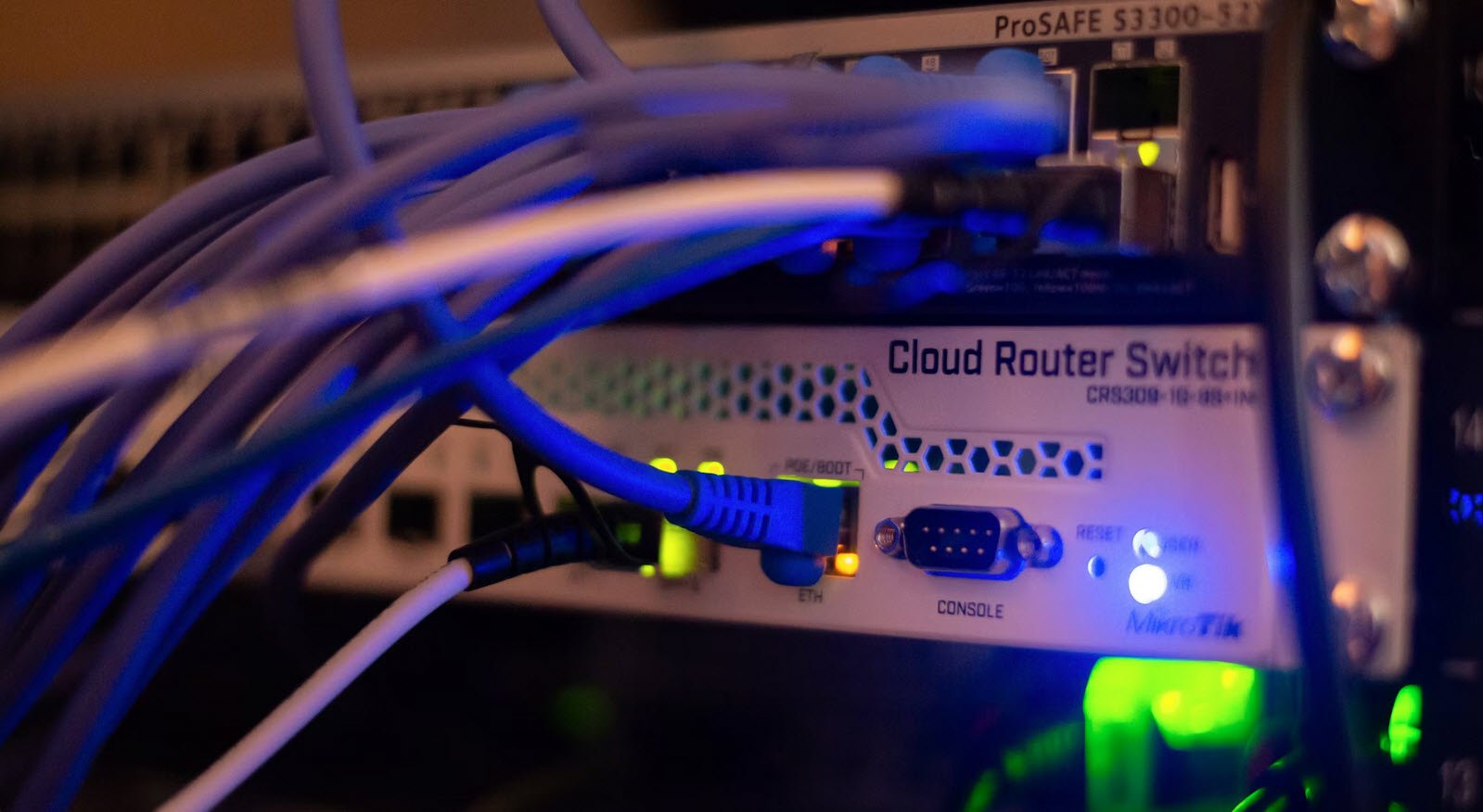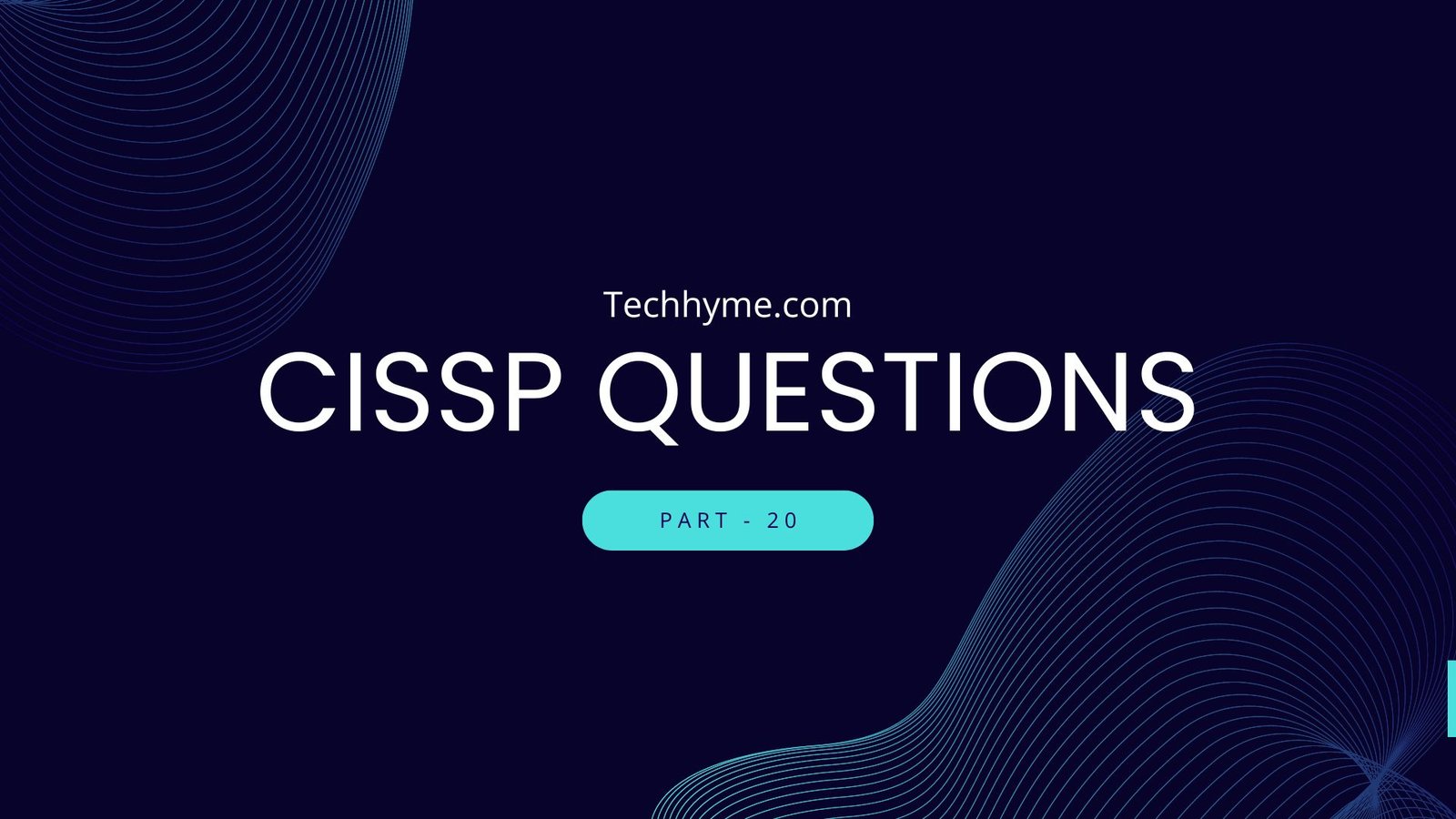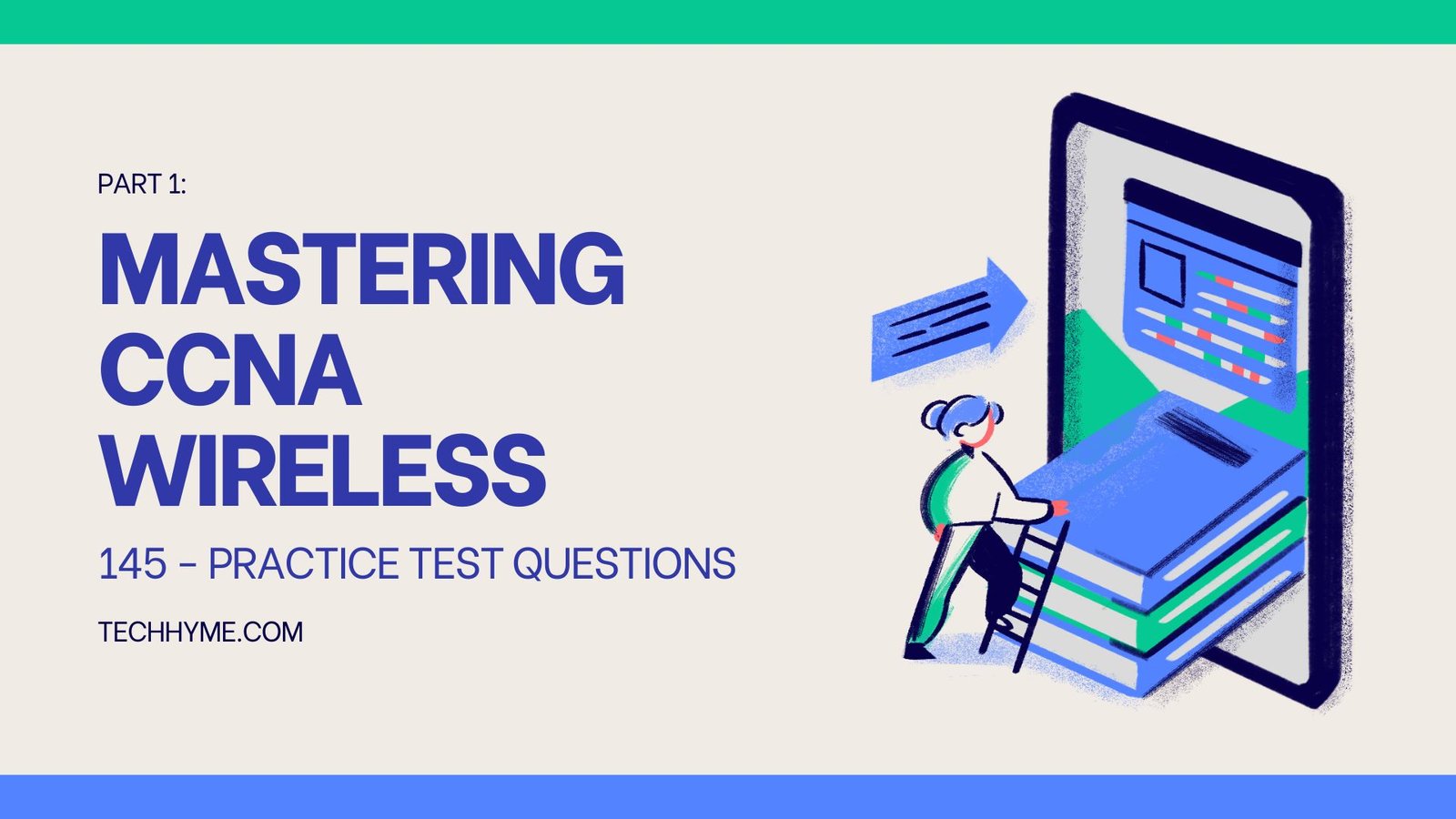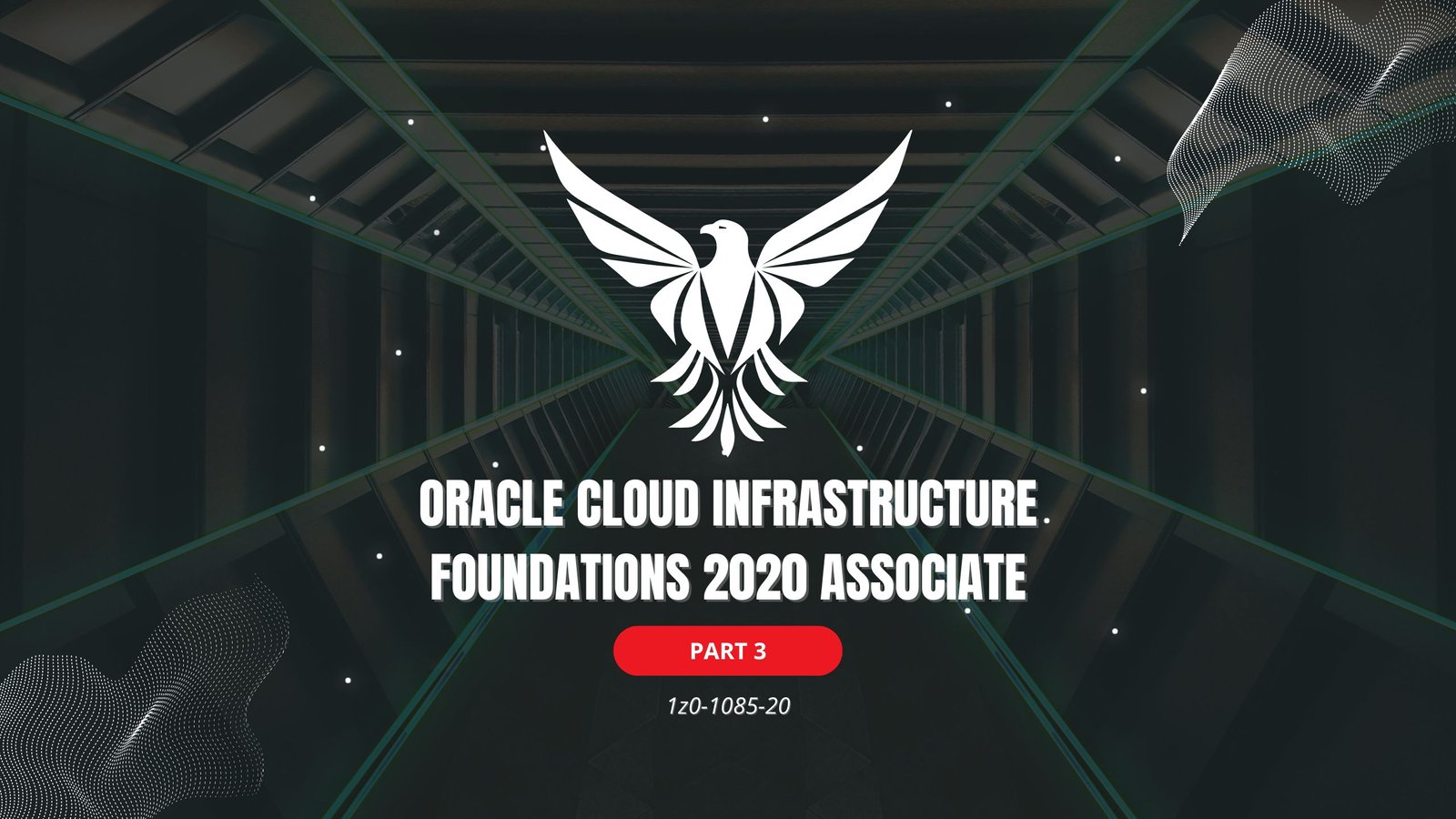
Zerto University is the place to go for certifications and self-paced eLearning! Whether you’re on the technical or business side of things, Zerto University has a learning track for you.
This introductory certification by Zerto covers the key concepts, features, and workflows of Zerto’s platform. The below listed questions are highly recommended for anyone that has never used Zerto and wants to clear and learn the basics.
1) In hypervisor-based environments, what Zerto component captures continuous block level changes made in a protected VM?
(a) VRA
(b) vDisk
(c) e ZVM
(d) VPG
Correct Answer – (a)
2) A single VM can be protected in _________ VPG(s), if the/each VPG is replicating to a different target site.
(a) One
(b) Two
(c) Three
(d) Four
Correct Answer – (c)
3) What is the difference in how checkpoints are chosen in a Move and Failover?
(a) Ina Move, the latest recorded checkpoint is used whereas in a Failover any checkpoint within the journal can be selected.
(b) Ina Move, any checkpoint in the Journal can be selected, whereas in a Failover the latest recorded checkpoint is used.
(c) There is no difference; the user selects the checkpoint for in both operations.
(d) There is no difference; the latest recorded checkpoint is used for both operations.
Correct Answer – (a)
4) Why is the Journal stored on the recovery/ target site?
(a) To ensure you always have an up-to-date copy of your data if your production site goes down.
(b) To enable Long-Term Retention and support Compliance use cases.
(c) To ensure you can use the most cost-effective storage available.
(d) To lessen the performance impact of snapshots on the production site.
Correct Answer – (a)
5) Your organization has requested that you generate documentation to confirm that a VPG is able to failover to the target site successfully. Which of the following would be the best practice for providing them with the requested information?
(a) Use the Failover operation, check the VM at the target site, roll back the operation, and provide the organization the logs.
(b) Use the Failover Test operation, check the VM(s) spun up successfully at the target site, stop the test, and provide the organization with the test report.
(c) Use the Failover operation, manually commit the operation, and provide the organization with the logs.
(d) Use the Failover Test operation, record a successful test, manually delete the testing VMs at the target site, and provide the organization with the test report.
Correct Answer – (b)
6) When configuring a failover test network, what is Zerto’s recommend best practice?
(a) Test and production network should be the same to ensure consistency.
(b) Test network should be isolated to ensure no disruptions on production.
(c) Test network should be configured to pause replication on production network during a test.
(d) None of the above.
Correct Answer – (b)
7) What is long term retention in Zerto best used for?
(a) Tracking block-level changes within VMs of up to 30 days
(b) Creating and audit trail to track the dates of when recovery operations were performed
(c) Restoring a single file from 14 days ago
(d) Recovering VMs from multiple years ago to meet Compliance use cases
Correct Answer – (d)
8) What is the Elastic Journal?
(a) A Series of VM snapshots available for up to 30 days, after which an audit trail of operations will be stored long term for compliance.
(b) A series of checkpoints of VMs, files, or applications that are available forrecovery in both short-term retention and long-terretention.
(c) Synthetic full copies of an application fram the previous 30 days that are available for Journal File Level Restore (JFLR).
(d) None of the above.
Correct Answer – (b)
9) Using Zerto Analytics on my Zerto, what are you able to do?
(a) Pause running tasks across any of the sites in your environment that are using Zerto.
(b) Create a VPG.
(c) View reports on the Journal, Network and RPO for each VPG.
(d) Pause replication on a VPG when a network alert arises
(e) Get information on overall sizing requirements of VMs.
(f) View all your VPGs, including the VPG’s source and target site.
(g) Perform a recovery operation.
(h) View all the sites in your environment that are using Zerto.
Correct Answer – (c), (e), (f) and (h)
10) Which operations allow you to recover either an entire VPG or a single VM within a VPG?
(a) Test Failover
(b) Live Failover
(c) Offsite Clone
(d) Move
(e) LTRA
(f) All of the above
Correct Answer – (a), (b), (c) and (e)
11) Which of the following sites can be used with Zerto as both a source and a target site?
(a) VSphere
(b) Azure
(c) AWS
(d) HyperV
(e) Managed
(f) All of the Above
(g) None of the Above
Correct Answer – (f)
12) Prior to creating a VPG that replicates to another site, which of the following steps must be completed?
(a) Complete a test at the source site
(b) Install VRAs on the target and recovery site
(c) Pair at least two sites
(d) Set up a long-term retention repository at the recovery site
(e) Install Zerto
Correct Answer – (e)
13) __________plugs directly into the virtual management console (such as VMware’s VCenter), enabling visibility into the entire infrastructure.
(a) 2ZCA
(b) 4CC
(c) VRA
(d) ZVM
Correct Answer – (d)
14) Which of the following functionality sets are included in the Zerto IT Resilience Platform?
(a) Continuous Data Protection
(b) Orchestration and Automation
(c) Analytics and Control
(d) All of the above
Correct Answer – (d)
15) Zerto recommends building out VPGs on a per-application basis so multi-VM applications can be recovered or tested together.
(a) True
(b) False
Correct Answer – (a)
16) The commit policy applies to which recovery operations?
(a) Live Failover
(b) Move
(c) JFLR
(d) Offsite Clone
(e) All of the above
Correct Answer – (a) and (b)
17) If the Commit Policy default of “none” is used, what will be the impact to the operation set for?
(a) The operation will require a script to commit or roll back
(b) The operation will need to manually be committed or rolled back
(c) The operation will roll back after 10 minutes
(d) The operation will commit after 60 minutes
Correct Answer – (b)
18) Journal File Level Recovery allows you to:
(a) Recover individual files from the journal’s history
(b) Recover an individual VM, such as a database, during a Failover
(c) Recover an individual VPG from the latest checkpoint
(d) Recover individual files from the Long-Term Retention repository
Correct Answer – (a)
19) Which operations can be performed while you are running JFLR?
(a) Move
(b) Offsite Clone
(c) Live Failover
(d) Failover Test
Correct Answer – (b) and (d)
20) How many JFLR Operations can you run concurrently?
(a) One
(b) Three
(c) Five
(d) Unlimited
Correct Answer – (a)
21) What are the best uses for a Move Operation?
(a) Create a non-Zerto managed copy of data
(b) Perform preventative maintenance
(c) Conduct site, hardware, and application migrations
(d) Resume operations when production environment is taken offline
Correct Answer – (b) and (c)
22) What are some things you might want to do before running your first Live Failover?
(a) Edit VPG
(b) Pause replication to the VPG prior to testing or failing over
(c) Practice a Live Failover on a test or dev server
(d) Run Test Failover Operation
Correct Answer – (c) and (d)
You may also like:- 80 Most Important Network Fundamentals Questions With Answers
- 100 Most Important SOC Analyst Interview Questions
- Top 40 Cyber Security Questions and Answers
- Top 10 React JS Interview Theory Questions and Answers
- CISSP – Practice Test Questions – 2024 – Set 20 (53 Questions)
- Part 2: Exploring Deeper into CCNA – Wireless (145 Practice Test Questions)
- Part 1: Mastering CCNA – Wireless (145 Practice Test Questions)
- [1z0-1085-20] Oracle Cloud Infrastructure Foundations 2020 Associate MCQ Questions – Part 3
- [1z0-1085-20] Oracle Cloud Infrastructure Foundations 2020 Associate MCQ Questions – Part 2
- [1z0-1085-20] Oracle Cloud Infrastructure Foundations 2020 Associate MCQ Questions – Part 1








